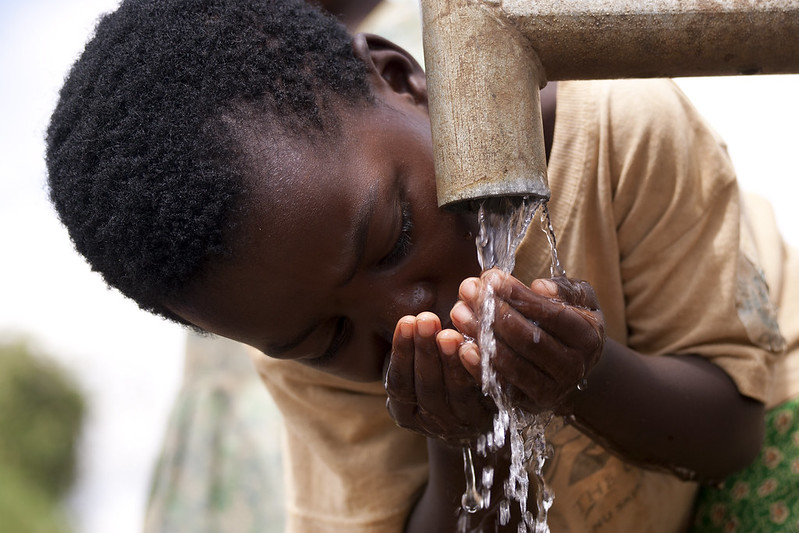 Water scarcity is one of the most pressing global challenges of our time, impacting more than 2 billion people worldwide. In response, various corporations have stepped up to support initiatives that address this critical issue. Among them, PepsiCo, Hogan Lovells, Belu, Boeing and Google are notable for their impactful partnerships with WaterAid, a leading organization dedicated to improving access to clean water and sanitation in developing countries. This is a closer look at how these corporations working with WaterAid are making a difference.
Water scarcity is one of the most pressing global challenges of our time, impacting more than 2 billion people worldwide. In response, various corporations have stepped up to support initiatives that address this critical issue. Among them, PepsiCo, Hogan Lovells, Belu, Boeing and Google are notable for their impactful partnerships with WaterAid, a leading organization dedicated to improving access to clean water and sanitation in developing countries. This is a closer look at how these corporations working with WaterAid are making a difference.
PepsiCo
PepsiCo, one of the corporations working with WaterAid, is a global leader in the beverage and food industry and focuses on water stewardship as part of its sustainability strategy. The company recognizes the crucial role water plays in its operations. Partnering with WaterAid, PepsiCo has directed its efforts towards improving water access in communities where the company operates. The partnership between WaterAid and PepsiCo aims to achieve three pillars: “empowering women, building resistance and protecting children.”
PepsiCo and WaterAid’s “Water, Sanitation and Hygiene Improvement project” provided clean water and toilets to more than 700 students in Lagos, Nigeria. Working with the Lagos state government, PepsiCo and WaterAid helped commission toilets and handwashing stations for schoolchildren, hoping to reach more than 170,000 people in three years.
Hogan Lovells
Hogan Lovells, an American-British law firm, brings a unique perspective to its partnership with WaterAid through its legal expertise and advocacy efforts. Partnering with WaterAid in August 2023, Hogan Lovells provides pro bono legal advice, volunteer support and unique fundraising and awareness initiatives to assist WaterAid’s mission in combating water scarcity.
This partnership enables WaterAid to navigate complex legal landscapes and secure necessary resources and permissions for its initiatives. Hogan Lovells’ involvement goes beyond legal assistance. The firm also engages in fundraising efforts and awareness campaigns to highlight the importance of water access and sanitation. By leveraging its legal knowledge and network, Hogan Lovells amplifies WaterAid’s mission and supports its global impact.
Belu
Belu, a British bottled water company, is a prime example of how corporations can integrate sustainability into their core operations. It has committed to a unique partnership with WaterAid, channelling profits from its bottled water sales directly to the organization. This approach not only supports WaterAid’s projects but also raises awareness about the importance of clean water and sustainability.
Belu’s commitment to WaterAid entails giving 100% of its net profits to the latter organization. According to the Belu’s website, it has given WaterAid approximately £5.8 million since their 2011 partnership, aiding the latter corporation’s goal of providing clean water across 27 countries.
Boeing
As a global aerospace leader, Boeing brings its engineering prowess and innovation to its partnership with WaterAid. The company supports WaterAid through funding, contributing to projects such as the WASH Project, that tackle water scarcity and improve sanitation in underserved communities. Boeing’s involvement often includes leveraging its technological capabilities to develop sustainable solutions for water access and management.
A WASH project that exemplifies Boeing and WaterAid’s partnership is their 2022 workshop in Ethiopia’s Gimbichu District. Only 52% of Ethiopians have access to clean water and are also susceptible to long droughts and famines. With Boeing and WaterAid’s planned WASH project, the two corporations devised an objective to increase access to clean water, hygiene facilities and sanitation in the Gimbichu community. The WASH project targeted areas such as schools and health care facilities, aggregating a total of approximately 25,000 Ethiopians.
Google collaborates with WaterAid to enhance the effectiveness of water and sanitation projects to help many impoverished regions, such as Hyderabad, India. It helped build 25 handwashing stations at local schools and health care facilities, along with 21 additional water projects in the region. This collaboration underscores the transformative potential of technology and corporations in addressing complex global challenges.
Conclusion
The partnerships between PepsiCo, Hogan Lovells, Belu, Boeing and Google with WaterAid exemplify the diverse ways corporations can contribute to solving global water issues. Each company brings unique strengths to the table, from financial support and legal expertise to technological innovation and sustainable practices. By working together with WaterAid, these corporations advance their own sustainability goals. Furthermore, they play a crucial role in improving water access and sanitation for millions of people worldwide.
These collaborations are a testament to the power of cross-sector partnerships in addressing pressing global challenges. As water scarcity continues to affect communities around the world, the efforts of these corporations working with WaterAid offer a beacon of hope.
– Christian Core
Christian is based in Princeville, HI, USA and focuses on Good News for The Borgen Project.
Photo: Flickr
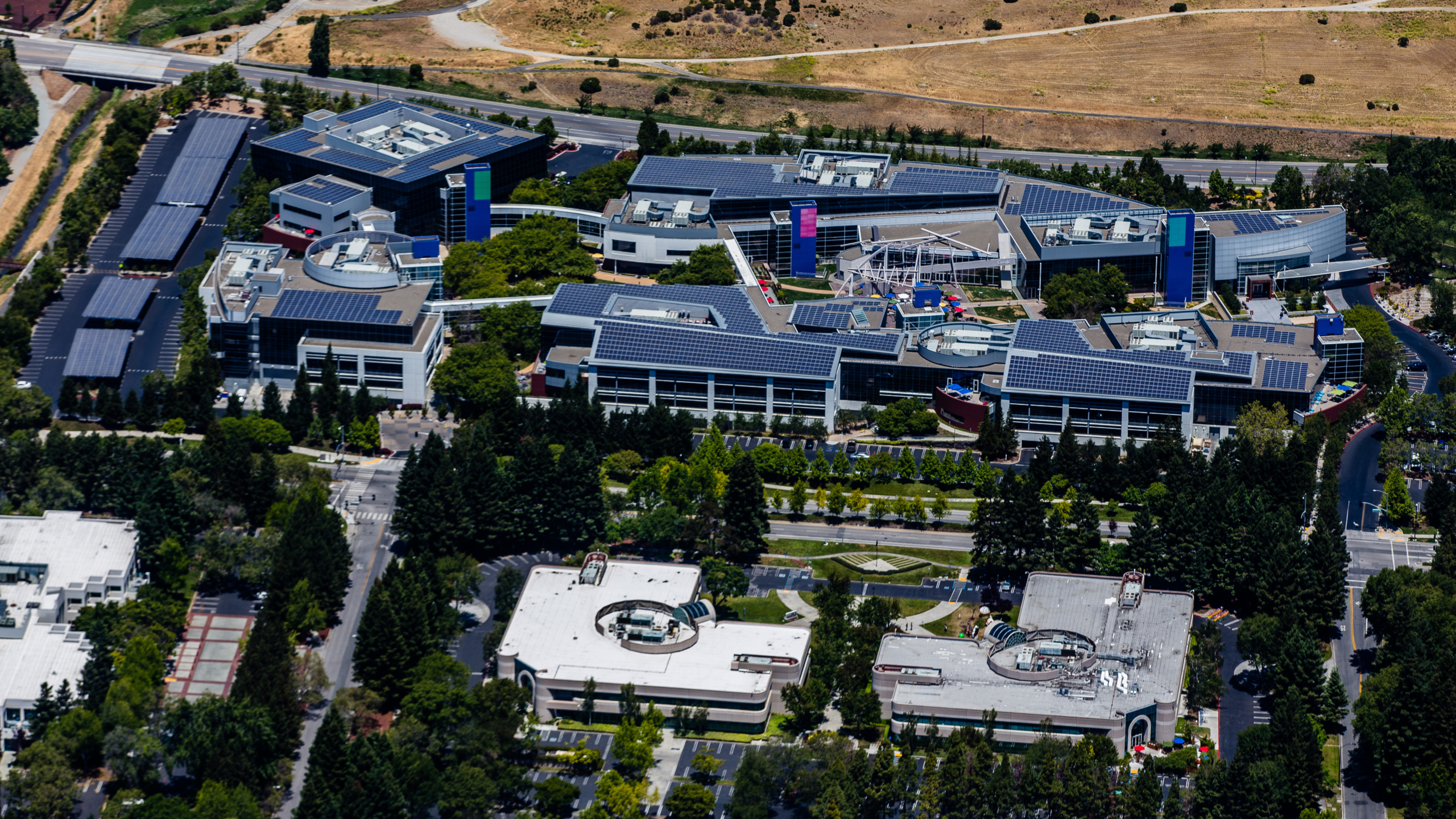
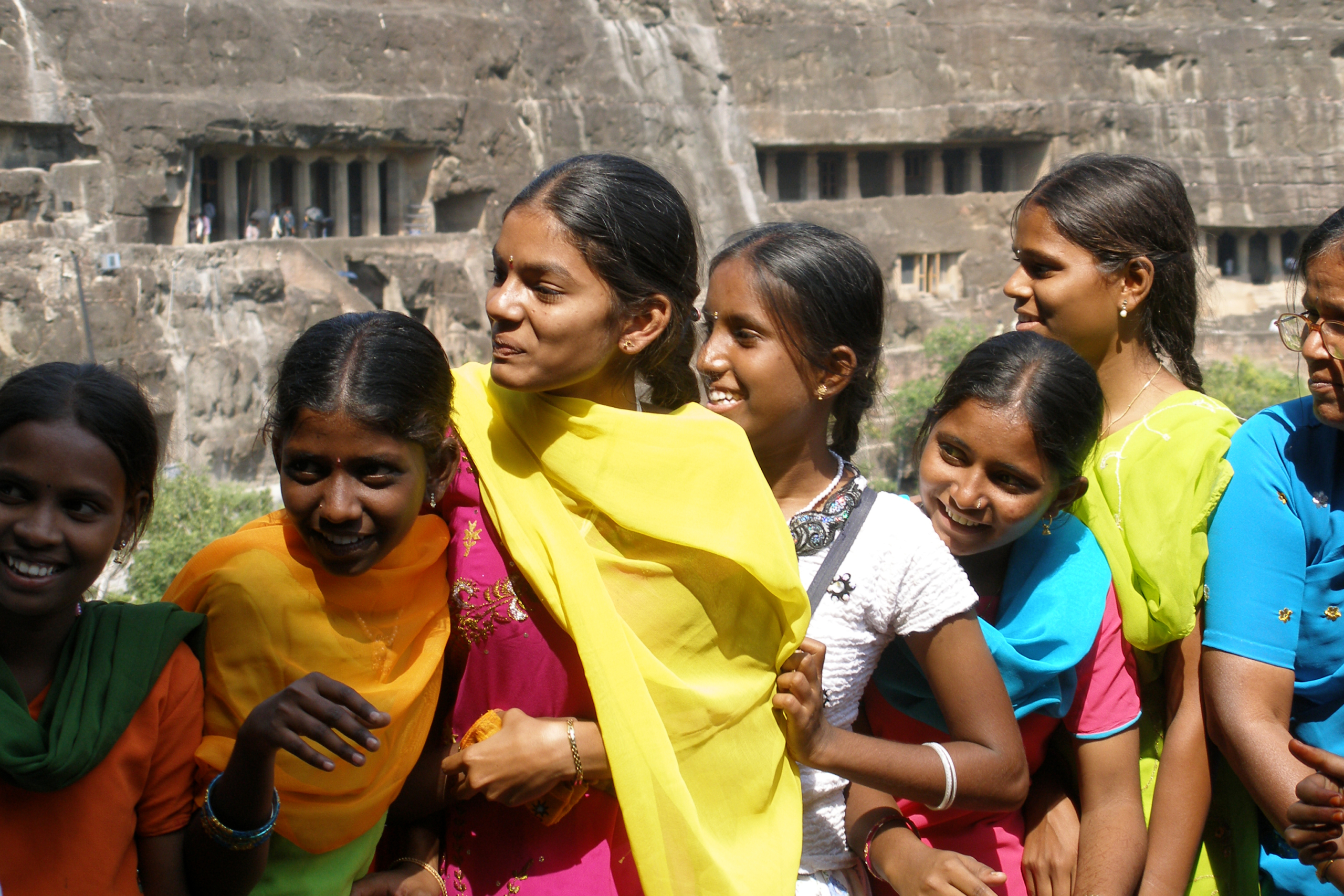
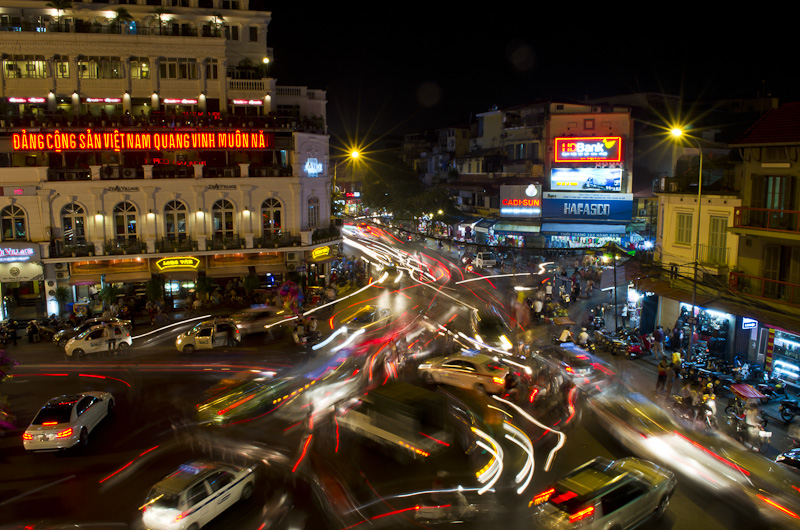
 India is a nation with immense economic potential. In 2021, the World Bank ranked the nation
India is a nation with immense economic potential. In 2021, the World Bank ranked the nation 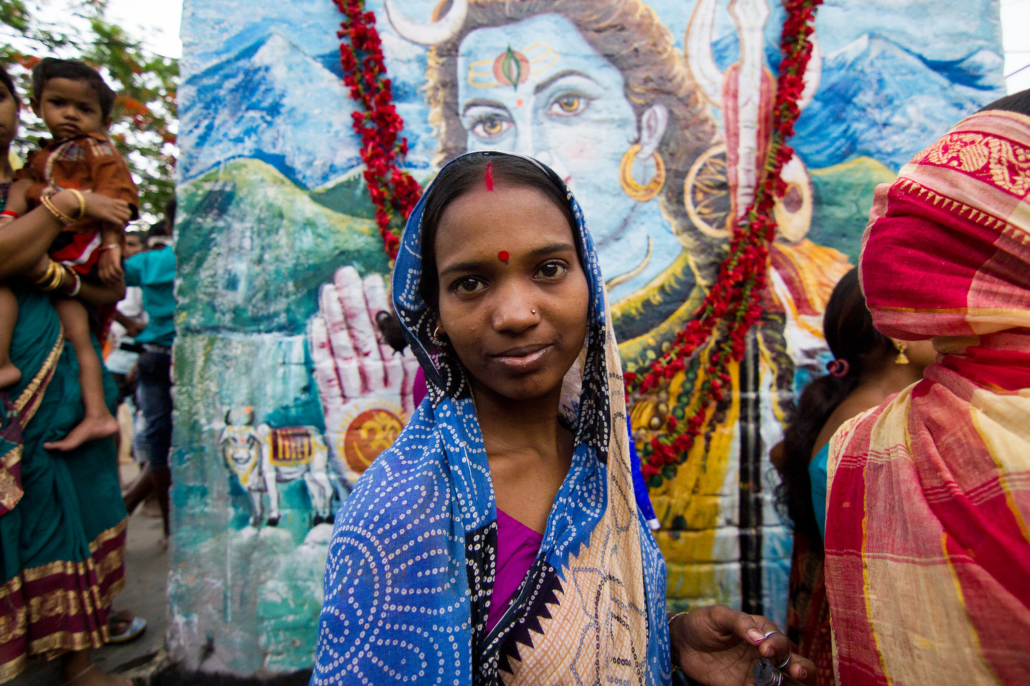
 In June 2022, Google announced a new initiative that targeted small businesses in Africa. The initiative was part of the company’s month-long celebration of International Micro, Small and Medium-Sized Business Day. Micro, small and medium-sized businesses, make up a large portion of the global economy, “
In June 2022, Google announced a new initiative that targeted small businesses in Africa. The initiative was part of the company’s month-long celebration of International Micro, Small and Medium-Sized Business Day. Micro, small and medium-sized businesses, make up a large portion of the global economy, “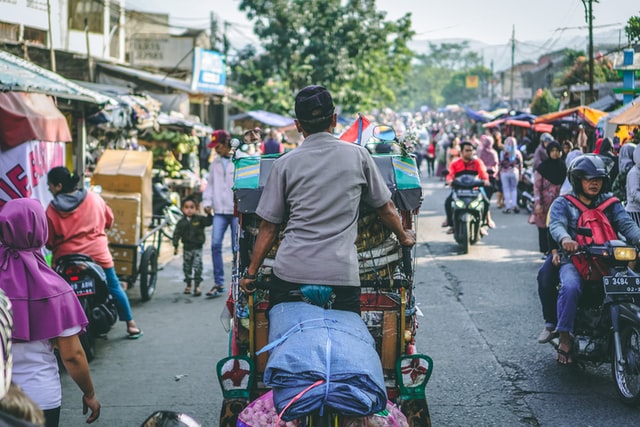 Indonesia is currently a major COVID-19 hotspot. In light of the Delta variant’s arrival, Indonesia’s total number of coronavirus cases significantly increased in June 2021 and continued to grow in July 2021. The outbreak is one of the worst in the region. As a result of the outbreak,
Indonesia is currently a major COVID-19 hotspot. In light of the Delta variant’s arrival, Indonesia’s total number of coronavirus cases significantly increased in June 2021 and continued to grow in July 2021. The outbreak is one of the worst in the region. As a result of the outbreak, 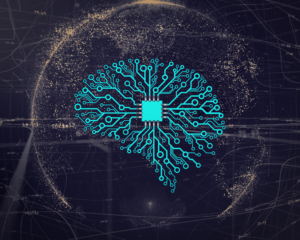 COVID-19 has endangered the lives of millions of people around the world. Worse, the disease incites greater implications beyond itself. Its impact is threatening to
COVID-19 has endangered the lives of millions of people around the world. Worse, the disease incites greater implications beyond itself. Its impact is threatening to  Innovative 21st-century technologies have motivated NGOs and tech companies around the world to develop apps and other online ways for people in developing areas to stay connected. Information provided on the internet or transmitted through SMS assists people worldwide with acquiring resources and employing techniques to advance education, healthcare and agriculture. Unfortunately, some areas remain untouched by the benefits of staying connected because their remoteness prevents internet availability — at least until now. Google’s sister company, Loon, is rising to the challenge of providing internet to remote populations in Africa and recovering populations affected by natural disasters using solar-powered 4G balloons with Project Loon.
Innovative 21st-century technologies have motivated NGOs and tech companies around the world to develop apps and other online ways for people in developing areas to stay connected. Information provided on the internet or transmitted through SMS assists people worldwide with acquiring resources and employing techniques to advance education, healthcare and agriculture. Unfortunately, some areas remain untouched by the benefits of staying connected because their remoteness prevents internet availability — at least until now. Google’s sister company, Loon, is rising to the challenge of providing internet to remote populations in Africa and recovering populations affected by natural disasters using solar-powered 4G balloons with Project Loon.